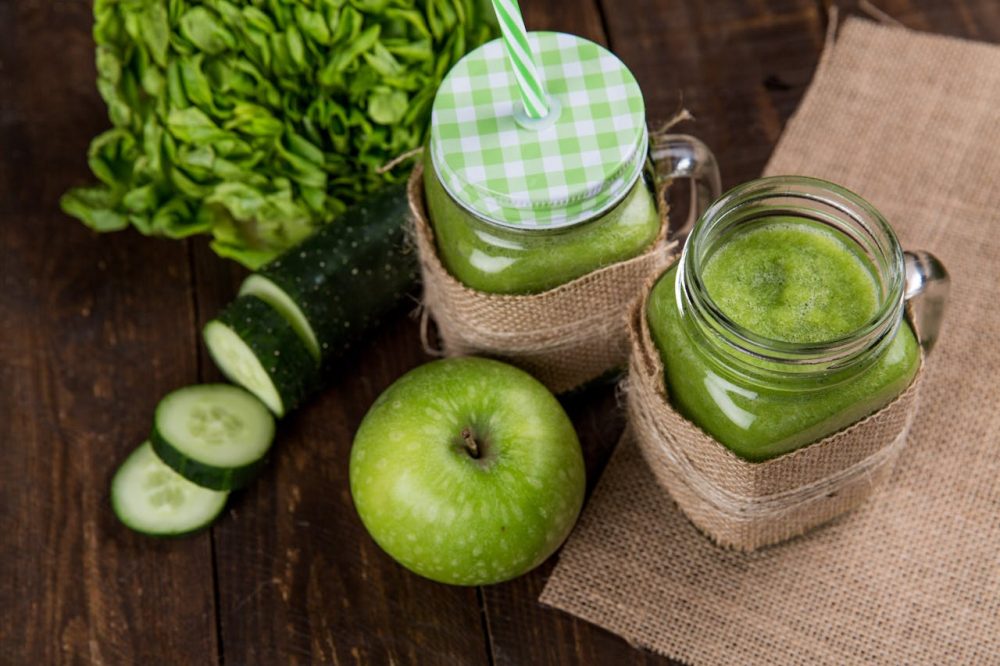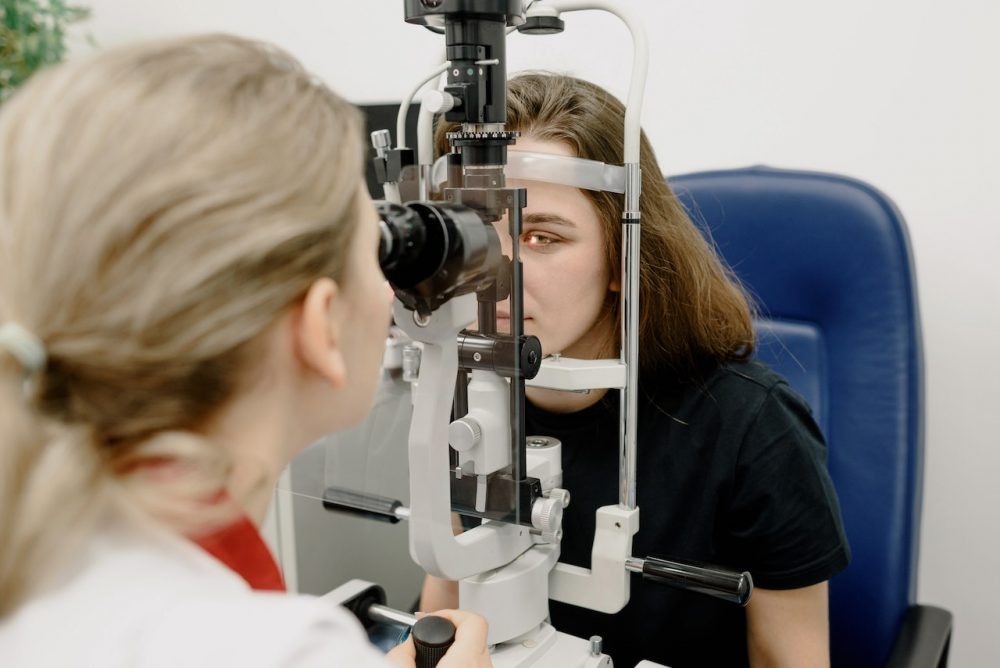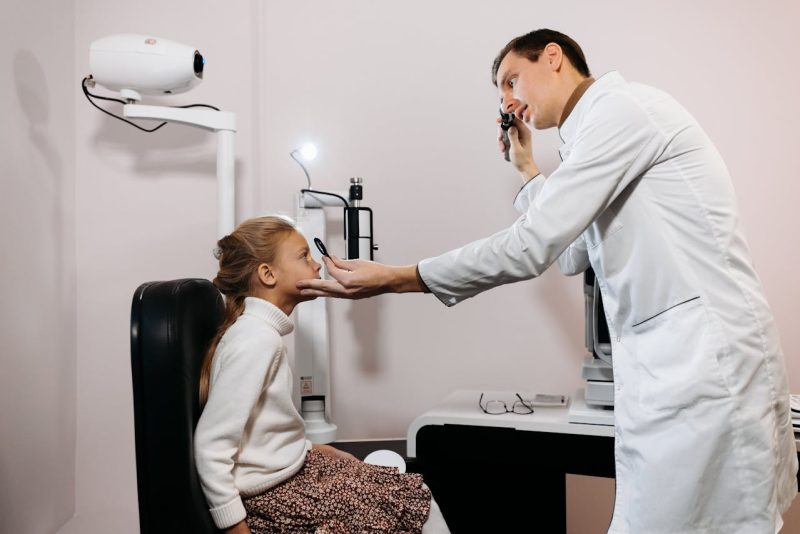As the leaves change colors and the temperature drops, the arrival of fall ushers in a season filled with cozy sweaters, pumpkin-spiced everything, and picturesque landscapes. However, it also brings with it a peak in certain common illnesses. Fall is notorious for being a time when various health issues, ranging from the common cold to allergies and the flu, become more prevalent.
Fortunately, there are steps you can take to safeguard your health and enjoy the beauty of autumn to the fullest. In this article, we'll explore the common illnesses that peak in the fall and provide valuable tips on preventing them.

Andrea Piacquadio/ Pexels | Common cold can affect anyone anytime, but fall is the peak time.
The Common Cold
The common cold is perhaps the most well-known fall illness. As temperatures drop and people spend more time indoors, proximity to others can rapidly spread cold viruses. Sneezing, coughing, and shared surfaces all play a role in its transmission.
Prevention Tips:
- Frequent handwashing with soap and water can significantly reduce your risk of catching a cold.
- Practice good respiratory hygiene by covering your mouth and nose when coughing or sneezing.
- Boost your immune system with a balanced diet rich in fruits and vegetables, and consider taking vitamin supplements if necessary.
- Get adequate sleep to help your body fight off infections.
Seasonal Allergies
Fall brings unique allergens, including ragweed pollen and mold spores. For those with seasonal allergies, this can mean a spike in symptoms like sneezing, runny nose, itchy eyes, and congestion.
Prevention Tips:
- Keep windows closed to prevent pollen from entering your home.
- Use high-efficiency particulate air (HEPA) filters in your HVAC system to trap allergens.
- Shower and change your clothes after spending time outdoors to remove pollen from your skin and clothing.
- Over-the-counter or prescription antihistamines can help alleviate allergy symptoms.
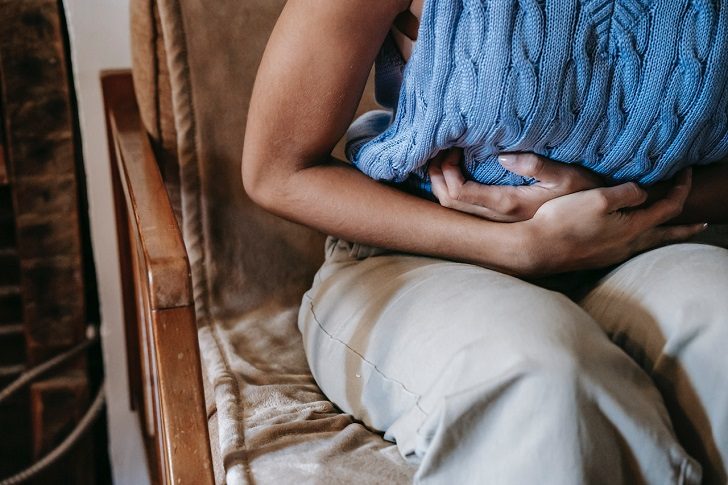
Sora Shimazaki/ Pexels | Norovirus causes stomach inflammation
Influenza (Flu)
The flu season typically starts in the fall and peaks in winter. Influenza is a highly contagious viral infection that can lead to serious complications, especially for vulnerable populations like the elderly, young children, and individuals with weakened immune systems.
Prevention Tips:
- Get a flu shot. Annual vaccination is the most effective way to protect yourself and those around you.
- Practice good hand hygiene and avoid close contact with sick individuals.
- Boost your immune system with a healthy diet and regular exercise.
- Stay home if you feel unwell to prevent spreading the flu to others.
Norovirus
Norovirus, often called the "stomach flu," can cause vomiting, diarrhea, and stomach cramps. It peaks in the fall and can spread rapidly in close quarters, such as schools and cruise ships.
Prevention Tips:
- Wash your hands thoroughly with soap and water, especially before eating and using the restroom.
- Clean and disinfect commonly touched surfaces frequently.
- Avoid preparing food for others if you're sick with norovirus.
- Stay hydrated to prevent dehydration if you do become infected.
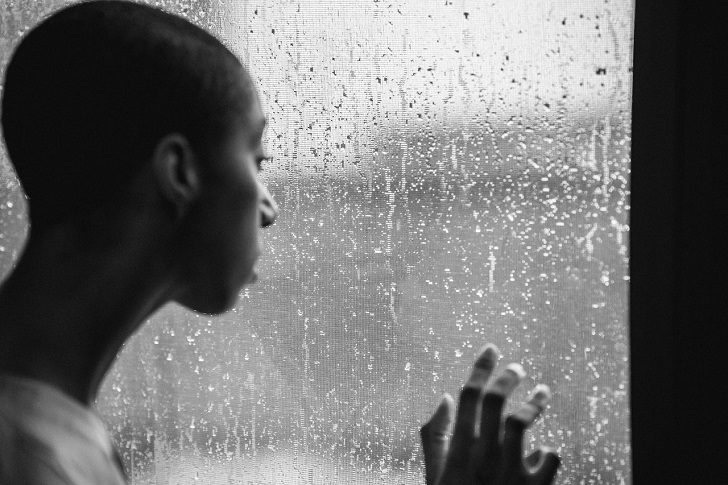
Klaus Nielsen/ Pexels | Experts believe that SAD is related to hormonal changes during the winter season.
Respiratory Infections
Fall also sees an increase in various respiratory infections, including bronchitis and pneumonia. Viruses or bacteria often cause these illnesses, resulting in severe symptoms and complications.
Prevention Tips:
- Avoid smoking and secondhand smoke, as these can weaken your respiratory system.
- Wash your hands regularly to reduce the risk of infection.
- Maintain good respiratory hygiene by covering your mouth and nose when coughing or sneezing.
- If you have a chronic respiratory condition, follow your healthcare provider's recommendations closely to manage your condition effectively.
Seasonal Depression
While not a physical illness, seasonal affective disorder (SAD) is a mental health condition that peaks in the fall and winter. SAD can lead to symptoms such as fatigue, sadness, and changes in sleep patterns.
Prevention Tips:
- Get plenty of natural sunlight, even during the shorter days of fall.
- Engage in regular physical activity to boost your mood.
- Consider light therapy, which involves exposure to bright artificial light, as a treatment option for SAD.
- Seek support from a mental health professional if you experience symptoms of depression.







